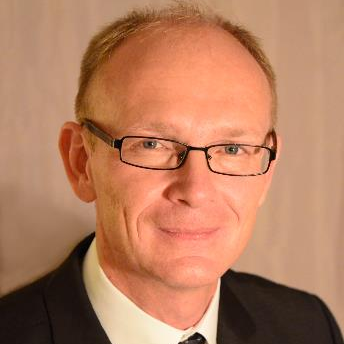Quantum Technologies
A special issue of Technologies (ISSN 2227-7080). This special issue belongs to the section "Quantum Technologies".
Deadline for manuscript submissions: closed (30 June 2016) | Viewed by 16179
Special Issue Editor
Interests: quantum optical technologies for quantum communication; integrated quantum optics; development of deterministic micro- and nanofabrication technologies; optical properties and fundamental light-matter interaction of semiconductor micro- and nanostructures; quantum metrology using quantum light sources; nonlinear and coherent dynamics in coupled microsystems; development of practical non-classical light sources; development and study of quantum dot microlasers; nanoelectronics
Special Issue Information
Dear Colleagues,
Enormous advances in nanofabrication technologies and experimental methods have paved the way for a scientific revolution, the “second quantum revolution”, which nowadays allows for a controlled manipulation of physical systems at the quantum level of light and matter. This revolution is enabled by modern quantum technologies, which have become a rapidly increasing field in physics and engineering. Research on quantum technologies is highly interdisciplinary and focuses the attention of leading experts in, for instance, nanotechnology, semiconductor science, quantum optics, quantum information technology with the overarching goal of studying and use quantum effects in “real-world” applications.
The high interest in quantum technologies is reflected in numerous major national and international research programs that were launched to explore and utilize the exiting opportunities of quantum systems for future applications such as quantum sensing, quantum metrology and quantum communication. The related research has led to many exciting results, which highlight the manifold prospects arising from the emerging field of quantum technologies.
The main aim of this Special Issue is to cover a wide range of present activities and advances in quantum technology. The topics include, but are not restricted to solid state sources generating quantum states of light, quantum sensors with ultimate sensitivity, quantum memories, quantum wavelength/bandwidth converters, and hybrid quantum systems.
Prof. Dr. Stephan Reitzenstein
Guest Editor
Manuscript Submission Information
Manuscripts should be submitted online at www.mdpi.com by registering and logging in to this website. Once you are registered, click here to go to the submission form. Manuscripts can be submitted until the deadline. All submissions that pass pre-check are peer-reviewed. Accepted papers will be published continuously in the journal (as soon as accepted) and will be listed together on the special issue website. Research articles, review articles as well as short communications are invited. For planned papers, a title and short abstract (about 100 words) can be sent to the Editorial Office for announcement on this website.
Submitted manuscripts should not have been published previously, nor be under consideration for publication elsewhere (except conference proceedings papers). All manuscripts are thoroughly refereed through a single-blind peer-review process. A guide for authors and other relevant information for submission of manuscripts is available on the Instructions for Authors page. Technologies is an international peer-reviewed open access monthly journal published by MDPI.
Please visit the Instructions for Authors page before submitting a manuscript. The Article Processing Charge (APC) for publication in this open access journal is 1600 CHF (Swiss Francs). Submitted papers should be well formatted and use good English. Authors may use MDPI's English editing service prior to publication or during author revisions.
Keywords
- Quantum light source
- Quantum memories
- Quantum sensors
- Quantum interfaces
- Integrated quantum optics
- Superconducting quantum circuits
- Hybrid quantum systems
- Quantum Communication
- Quantum Teleportation





